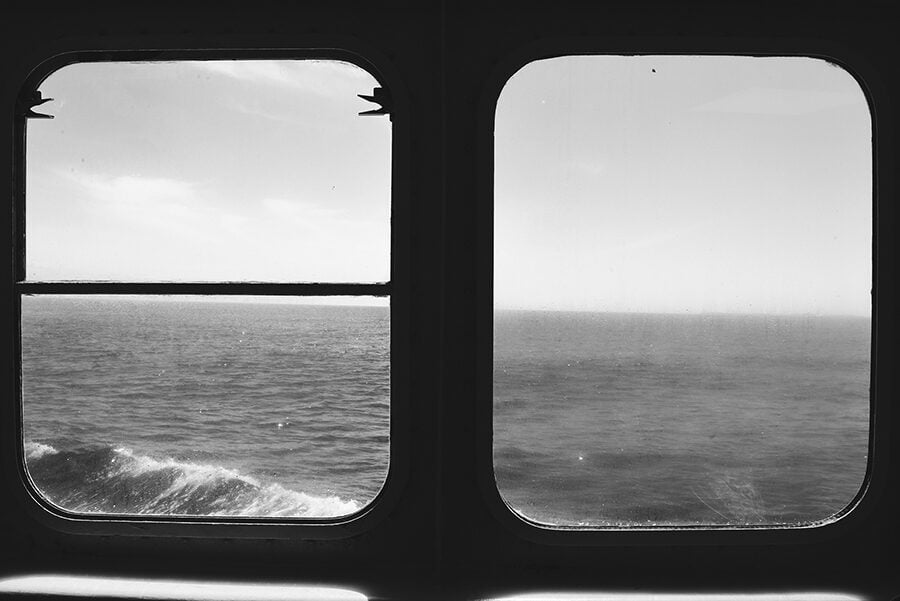
A view from the ferry. All photographs from Islesboro, Maine, by Cheryle St. Onge for Harper’s Magazine © The artist
I am here out of season. I will never know what the island is like in full swing, though I catch hints of it in the weeks after Labor Day: the purposeful thrum of lobster boat engines, the teens in tennis whites floating out of the Island Market and back to courts where dress codes and decorous silence are observed. The dock ramps and floats towed off and hauled up in sheltered coves at very high tides. The sudden eyeless darkness of the houses at the southern end of the island, where nearly every building is a third or…






















































































